Discover Dara Ancient City: A Mysterious Journey Through History
Located in the southeast of Mardin, the ancient city of Dara offers a fascinating heritage from the depths of history to the present day. One of the most important settlements of Mesopotamia, Dara promises its visitors a journey through time with its impressive water cisterns, underground cities and monumental structures. If you want to make a discovery intertwined with both nature and history, Dara Ancient City should definitely be on your list of places to visit! So, what is special about Dara Ancient City? What is there to see in Dara Ancient City? And what is the history of Dara Ancient City? If you have the same questions, we have your answers!
First up: Where is the Ancient City of Dara?

Dara Ancient City is located in Oğuz Village, 30 km southeast of Mardin city centre. Located at the point where the Mesopotamian Plain ends and the Tur Abidin Mountains begin, the city was built on limestone bedrock.
Important Notes About the Ancient City of Dara
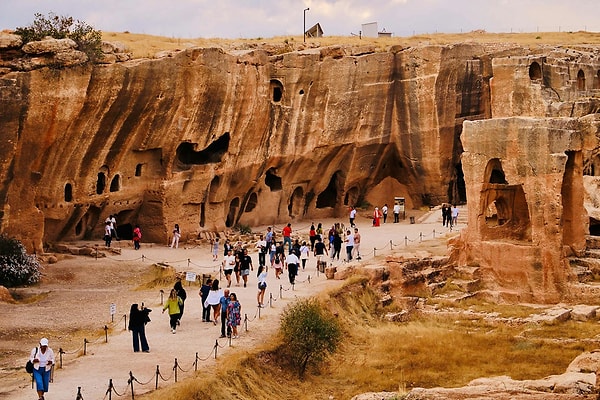
According to medieval historians, the name Dara emerged after the Battle of Gaugamela between Persian King Darius III and Alexander the Great.
The ruins of many structures such as a water dam, church, bridge, dam, cemetery, dungeon, palace, bazaar and cellar have survived to the present day.
The history of Dara, known as the Efesi of Mesopotamia, dates back to about 5 thousand years ago.
There are also cave houses from the Late Roman Period around the city.
Cemeteries (Necropolis)

There are different types of tomb structures in the Ancient City of Dara: Sarcophagus tombs, simple cist tombs and rock tombs.
The burial of the dead in rocks is a reflection of pagan culture. Especially the Great Gallery Tomb, carved into the bedrock by the Romans in 591, is one of the most impressive examples of this tradition.
Islamic Period Cemetery and Mausoleum

The Islamic period tombs dating back to the 7th-14th centuries belong to Chechens who fled the Russian-Chechen war and settled in Dara. There is also a mausoleum in the cemetery area, thought to date from the 14th-15th century. There is no clear information about the date of construction and the builder of the tomb.
The Walls of Dara
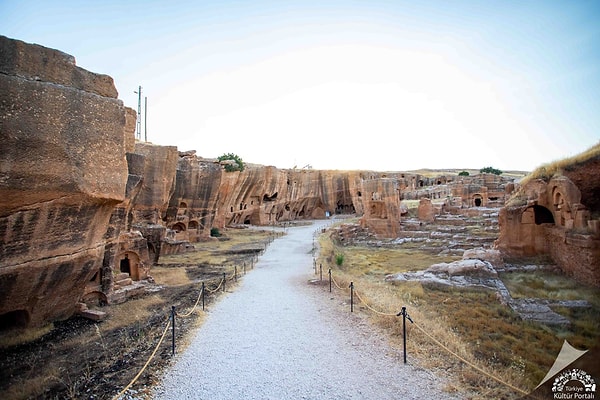
The ancient city of Dara is surrounded by 4 km-long inner and outer walls built with smooth-cut stones. The walls, which have a total of 28 towers, surround three large hills.
Source: Türkiye Kültür Portalı
Gates
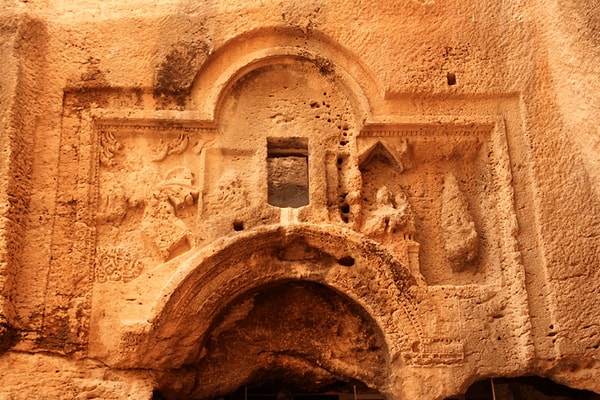
The walls have gates in four main directions: North, South, West and East. Also noteworthy are the arched North and South Water Gates, where the Cordis River passes under the city walls.
Source: Kıyı Müzik
Agora Street
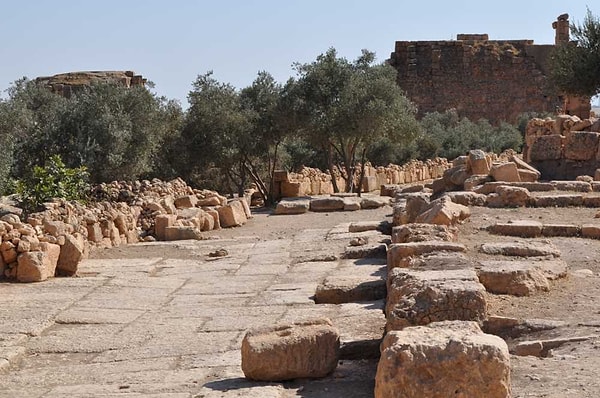
Starting from the south gate and extending northward, the Agora Street, paved with large block stones, was the centre of Dara's social and commercial life. This street connected with the Silk Road and was home to many shops and workshops.
Source: Türkiye Kültür Portalı
Cisterns

The cisterns built to meet the water needs of the city were used to store and distribute the water coming from the mountains. These cisterns were also part of the city's defence system.
Source: Türkiye Kültür Portalı
Great Church and Dungeon Cistern

The large cistern, located 100 meters from Agora Street, is made of smooth-cut stones. Only one wall of the Great Church, located to the east of the cistern, has survived to the present day. There are also living spaces under the two-story cistern.
Source: Mardin Valiliği
Maksem

Carved into the bedrock, the Maksem is located on the southern slopes of the city. Maksem, which means a covered water reservoir, was used to collect the water coming from the hills to the north and distribute it to the city. This ten-cell structure played an important role in the city's water system.
Source: Gezimanya
Baptismal Font

The baptismal font, located northeast of the Great Church, is a structure symbolising the conversion to Christianity. There are stone steps on both sides of the pool for people to climb up and down easily.
Source: Sinan Aba
Mosaic Structures
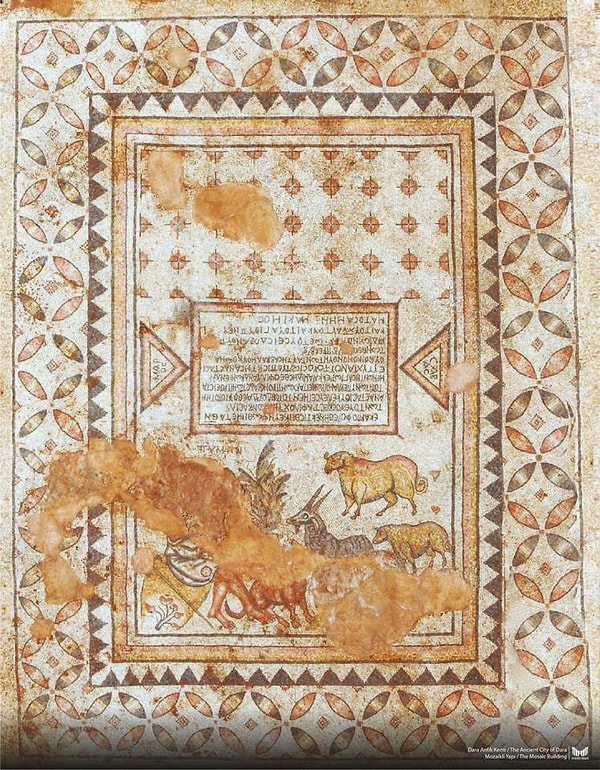
Mosaic Structure 1:
It is located south of the large cemetery area and dates back to the reign of the Roman Emperor Anastasius I. There are plant, animal and shepherd motifs as well as an 11-line inscription.
Mosaic Structure 2:
It contains a floor mosaic surrounded by walls on all sides. Especially the fish scale motifs attract attention.
Keşfet ile ziyaret ettiğin tüm kategorileri tek akışta gör!

Send Comment